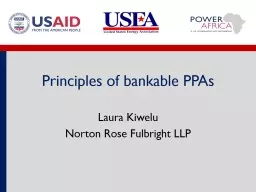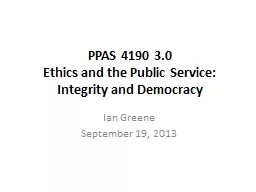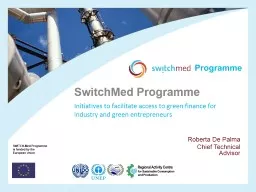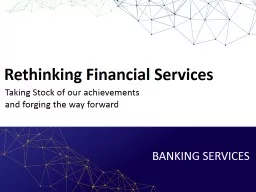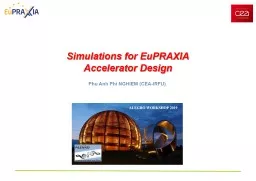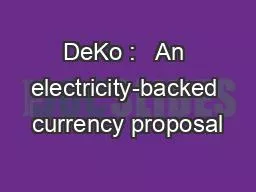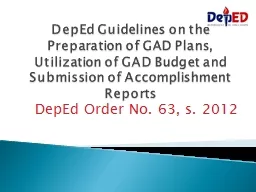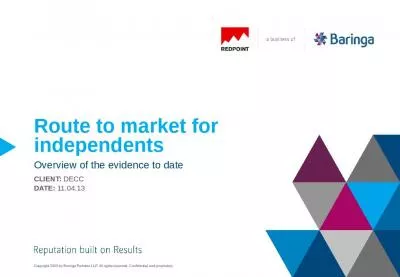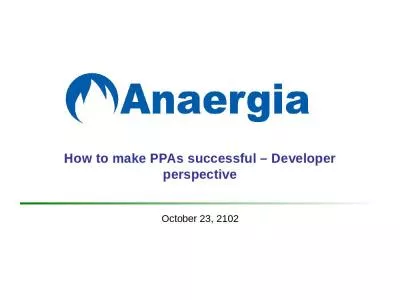PPT-Principles of bankable PPAs
Author : madeline | Published Date : 2022-02-12
Laura Kiwelu Norton Rose Fulbright LLP What is a power purchase agreement A PPA governs the sale and purchase of power between ProjectCo and the Offtaker It is
Presentation Embed Code
Download Presentation
Download Presentation The PPT/PDF document "Principles of bankable PPAs" is the property of its rightful owner. Permission is granted to download and print the materials on this website for personal, non-commercial use only, and to display it on your personal computer provided you do not modify the materials and that you retain all copyright notices contained in the materials. By downloading content from our website, you accept the terms of this agreement.
Principles of bankable PPAs: Transcript
Download Rules Of Document
"Principles of bankable PPAs"The content belongs to its owner. You may download and print it for personal use, without modification, and keep all copyright notices. By downloading, you agree to these terms.
Related Documents

